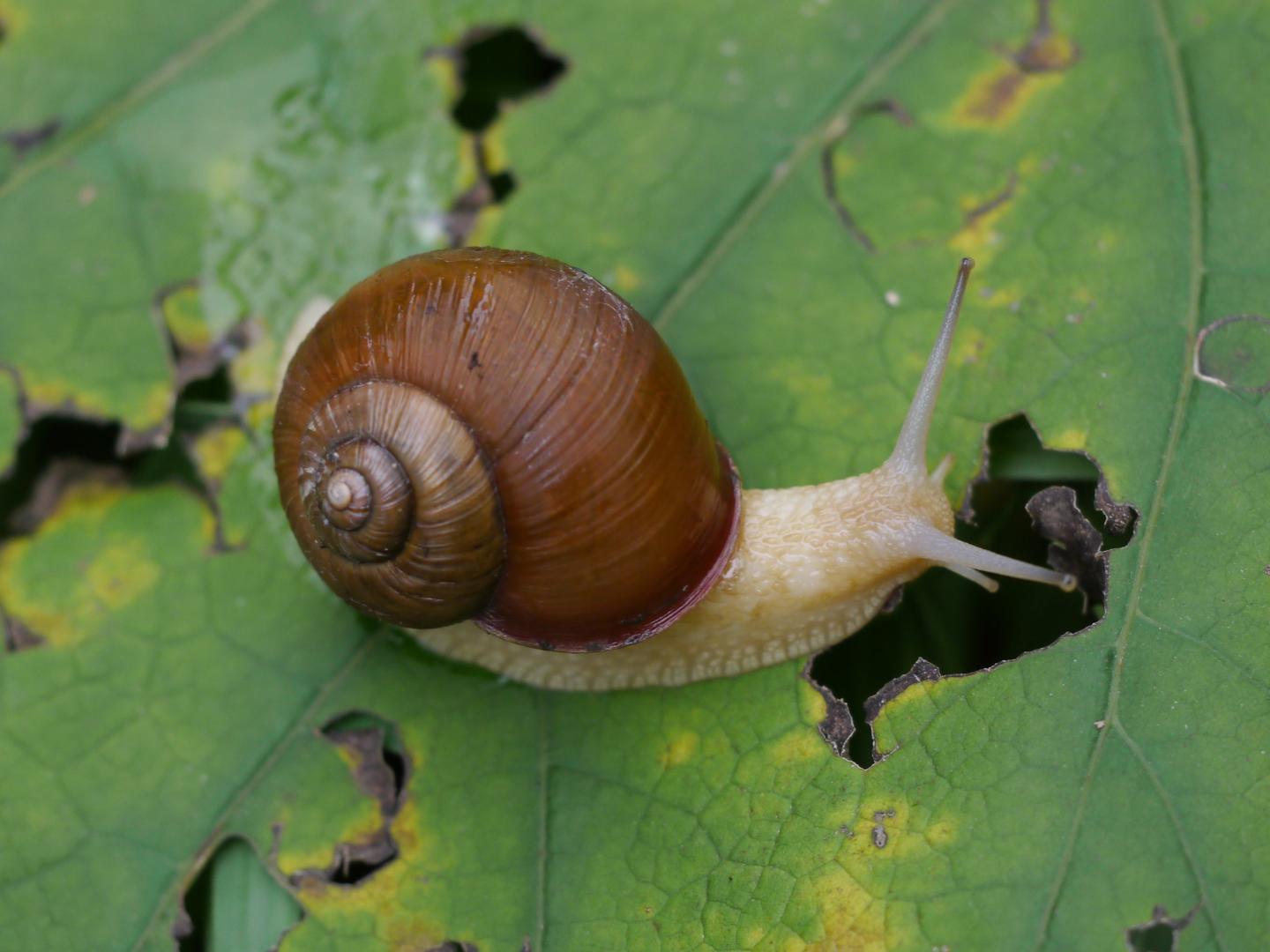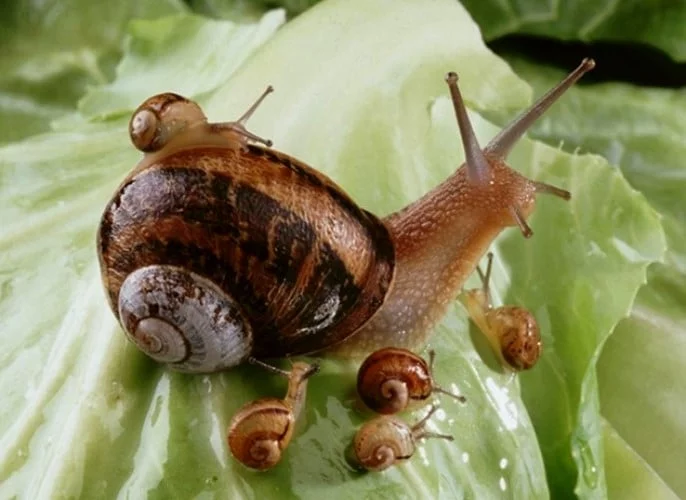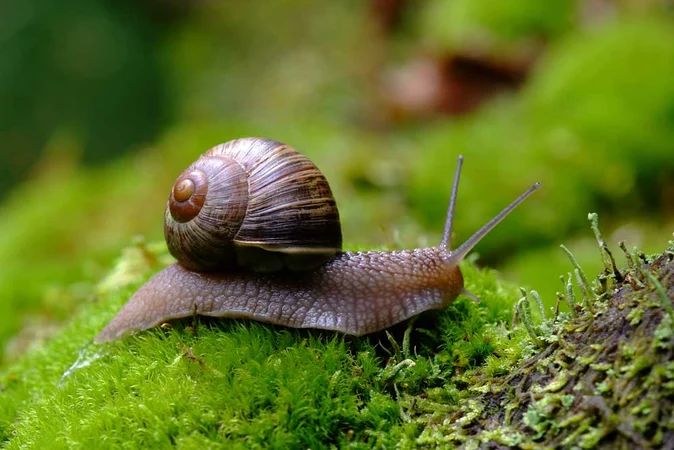Snails, with their slow pace and unique shells, are fascinating creatures that have captured human interest for centuries. From the garden varieties to the exotic species found in various parts of the world, snails are known by a multitude of names. Understanding the diverse names of snails provides insight into their characteristics, habitats, and the cultural significance they hold. This guide delves into the varied names of snails, offering a thorough exploration of these intriguing mollusks.
The Importance of Naming Snails
Scientific Classification
The scientific community classifies snails using a binomial nomenclature system, which provides a universal method for naming species. This system helps avoid confusion and ensures that each snail species is uniquely identified. The scientific name consists of two parts: the genus and the species. For instance, the common garden snail is known as Cornu aspersum.
Common Names
In addition to scientific names, snails are often referred to by common names that vary by region and culture. These names can reflect the snail’s appearance, behavior, or habitat. Common names make it easier for the general public to identify and discuss snails without needing to know their scientific classification.
Names of Popular Snail Species

Garden Snails
Cornu aspersum
The garden snail, scientifically known as Cornu aspersum, is one of the most widely recognized snails. It is known for its brown, spiral shell and is commonly found in gardens and agricultural areas.
Helix pomatia
Another garden variety is the Roman snail, or Helix pomatia. This species is larger than the common garden snail and is often associated with gourmet cuisine, known as escargot.
Aquatic Snails
Pomacea canaliculata
The apple snail, Pomacea canaliculata, is notable for its vibrant colors and large size. Found in freshwater environments, it is a popular choice for aquariums but can also be considered a pest in some regions.
Lymnaea stagnalis
The great pond snail, Lymnaea stagnalis, is commonly found in ponds and slow-moving rivers. Its translucent shell and elongated body make it easily distinguishable.
Regional Names and Cultural Significance
European Names
In Europe, snails are known by various names depending on the country. In France, the common garden snail is called “escargot,” which also refers to the dish prepared from these snails. In Spain, snails are known as “caracol,” and in Italy, they are called “lumaca.”
Asian Names
In Asia, snails have different names and cultural significance. In Japan, the garden snail is called “katatsumuri,” while in China, it is known as “蜗牛” (wōniú). These names often reflect the snail’s characteristics or its role in traditional cuisine and medicine.
Snail Names Based on Habitat
Terrestrial Snails
Achatina fulica
The giant African snail, Achatina fulica, is a terrestrial species known for its large size and striped shell. It is often considered an invasive species due to its rapid reproduction and adaptability.
Cepaea nemoralis
The grove snail, Cepaea nemoralis, is another terrestrial species found in Europe. Its shell can vary in color, ranging from yellow to pink, with or without dark bands.
Marine Snails
Haliotis
The abalone, belonging to the genus Haliotis, is a marine snail known for its iridescent inner shell. Abalones are highly valued for their meat and mother-of-pearl shells.
Littorina littorea
The common periwinkle, Littorina littorea, is a marine snail often found in the intertidal zones of rocky shores. Its small, spiral shell is adapted to withstand strong waves and tides.
Snail Names in Literature and Mythology

Folklore and Mythology
Snails appear in various myths and folklore around the world. In Greek mythology, the snail is often associated with patience and persistence. In African folklore, the giant African snail is considered a symbol of fertility and growth.
Literary References
Snails have also made their way into literature, symbolizing different traits depending on the context. In some cultures, snails are seen as symbols of laziness due to their slow movement, while in others, they represent determination and steady progress.
Conclusion
Understanding the diverse names of snails not only enhances our knowledge of these fascinating creatures but also highlights their importance in different cultures and ecosystems. Whether referred to by their scientific names or common names, snails continue to captivate our imagination and play a significant role in our natural world. Through this guide, we gain a deeper appreciation for the variety and significance of snail names, enriching our understanding of these remarkable mollusks.

